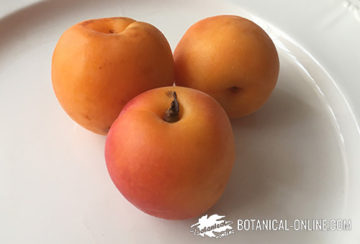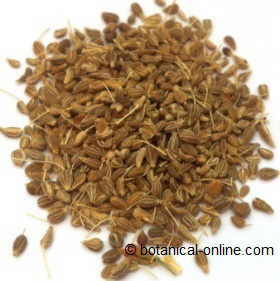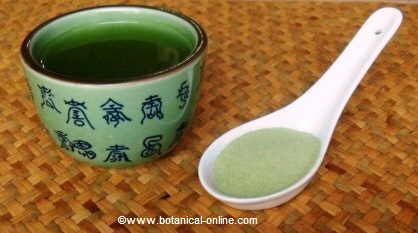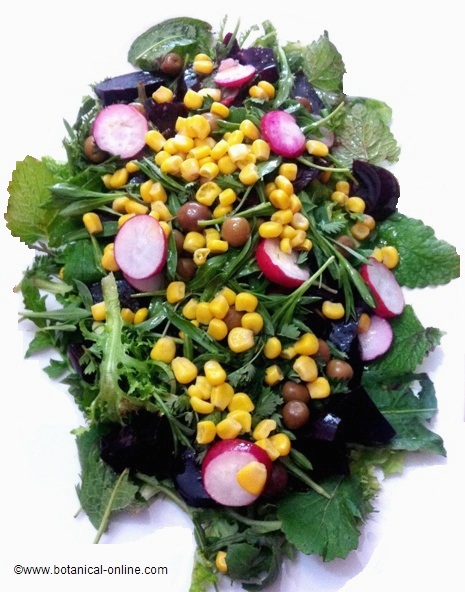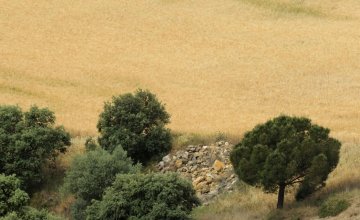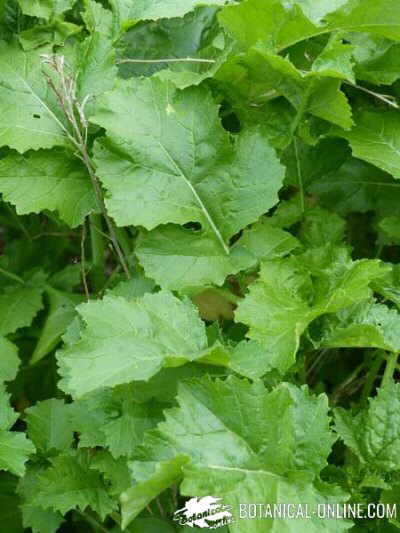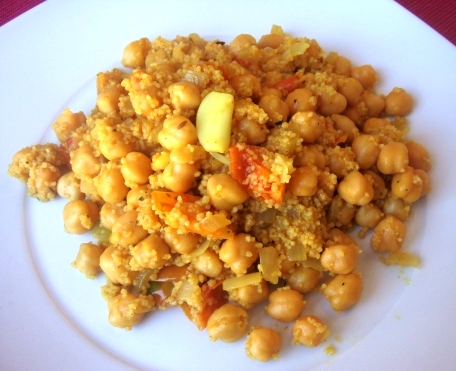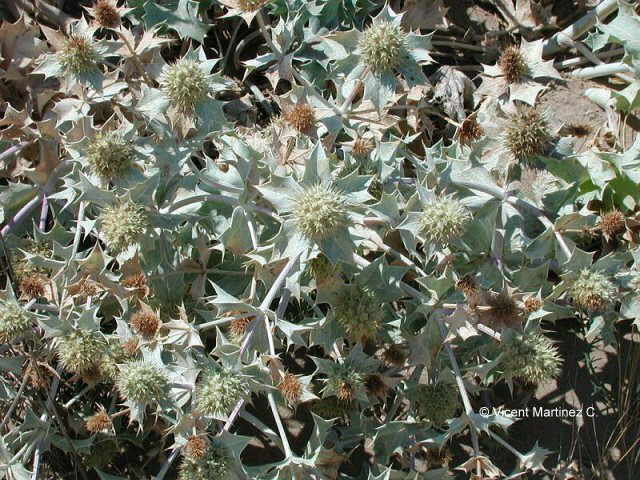Species of apricot trees
Besides the common apricot, there are other species of apricot in the world. The following are among them:
- Manchurian Apricot: (Prunus manshurica Maxim.) Found naturally in Siberia and North Korea. Apricot is a type of large that can reach 20 m in height, although its main characteristic is its ability to withstand cold and can withstand temperatures of – 40 ºC. Sweet edible fruit about 2.5 cm in diameter.
- Siberian Apricot: (Prunus sibirica koch) with a much lower height, since it rarely exceeds 5 m, the Siberian apricot is even more adapted than the previous one, since it can withstand up to -50 ºC. Its fruits are very small and with little flavor. It is used to cross with the common apricot and produce cold-hardy species capable of producing quality fruit.
- The Japanese apricot: (P. mume Sieb. Et Zucc.) Despite its name, it has its origin in China. It is characterized by its long pointed leaves that can reach 10 cm in length. Its fruits are small and are not eaten fresh but are used to make liqueurs, jams and for flavoring food.
- Tibet Apricot: (Prunus holosericea Bat.) Originally from Eastern Tibet, this one offers a very strong adaptation to cold, as the Manchuria.
- Apricot Alpine = Briançon Apricot: (Prunus armeniaca Prunus brigantiaca brigandine = Vill) is a tree that reaches about 6 m. It can be found in the Alps, in areas with low rainfall. Its fruits are edible but hot. “Marmot” oil is extracted from its seeds.
Apricot varieties
The following are among the main varieties of apricots that can be found in the market:
* Varieties of hot weather: We use those varieties that bloom earlier. The best known are:

Galta roja apricot variety is probably one of the most consumed in South Europe Canine: Produces large fruit, very juicy and aromatic. Meat and yellow skin, with little tendency toward reddish tones and a bitter nut. Soft texture. Can be found on the market since mid to late June. It is one of the most popular Spanish varieties.
- Moniqui: It’s kind of early maturation. Is in great demand at the tables. Produces medium sized fruit with white flesh and skin cream. Texture hard and little bitterness in the bone.
- “Búlida“: Another Spanish species of early production. Reddish yellow. Strong texture and high sugar content and aroma. Medium bitterness.
- Mitges: One of the earliest species as they can find on the market since late May. It stands out for its size.
Other species are very early production: Currot, early Patriarch, Ginesta Harcot or Sayeb Early Samarkand.
* Cooler climate varieties: We use varieties that bloom later. Some of these include:
- Paviot: This variety matures in the second half of July and the first half of August. It produces very large fruit with golden skin and yellow flesh with a tendency to redness, sweet and aromatic.
- Roussillon Red: This is another late-maturing variety. (End of July and August) produces very large fruits orange-yellow, with a tendency to become red, and orange pulp with good strength.
- Luizet: Appears in the month of July. It is an unusual variety of colorful but good flavor and good aroma. The bone has no bitterness. Her skin is orange and dark orange flesh.
Other late varieties are: Bergeron, Royal and Polonaise. The variety of Bordaneil Tardif is one of the most delayed.
Related information: The apricot in the kitchen
![]() More information about the apricots.
More information about the apricots.

